I am showing here, how can you find a charge protection module for the 18650 battery bank for free. Make a Battery Bank for mobile charging or use it for LED Emergency Light. Lithium cells are the most common and easily available in the local market. Also, you can remove them from any scrap or damaged laptop battery packs.
Charge protection boards are an important part of home electronics and lifestyle in general. We use them to regulate the flow of electricity from a device or appliance’s power source, preventing it from overwhelming the device. As such, they help protect against short-circuiting, overheating, or burning out components, and other types of possible damage from too-high currents or voltage levels. Charge protection boards may include both surge protectors for sudden spikes in electricity coming into the system and voltage regulators for controlling long-term loads. Together, this combination ensures that all of your devices have access to safe electricity – no matter what!

List of components
- 18650 lithium battery cell x 3
- Cell holder jackets x 6
- Charge protection module x 1
- Power socket x 1
- Connection wires
More Circuit Layouts
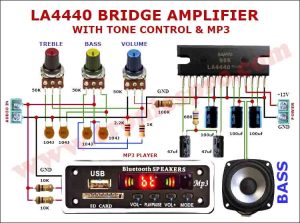
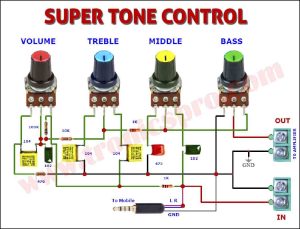
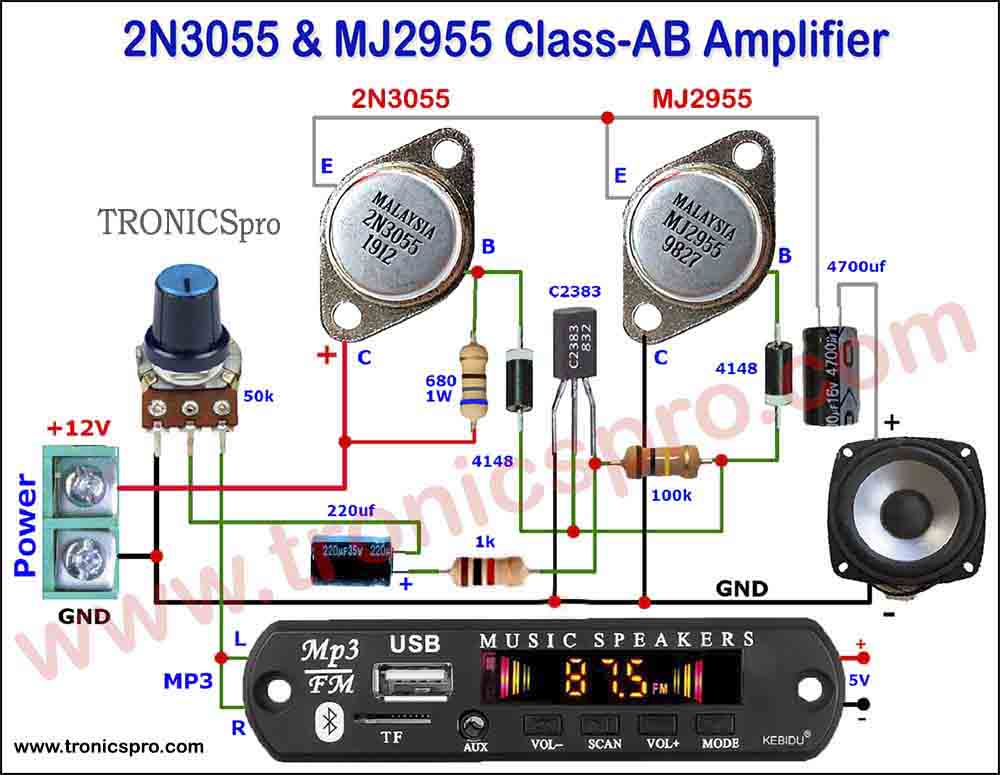

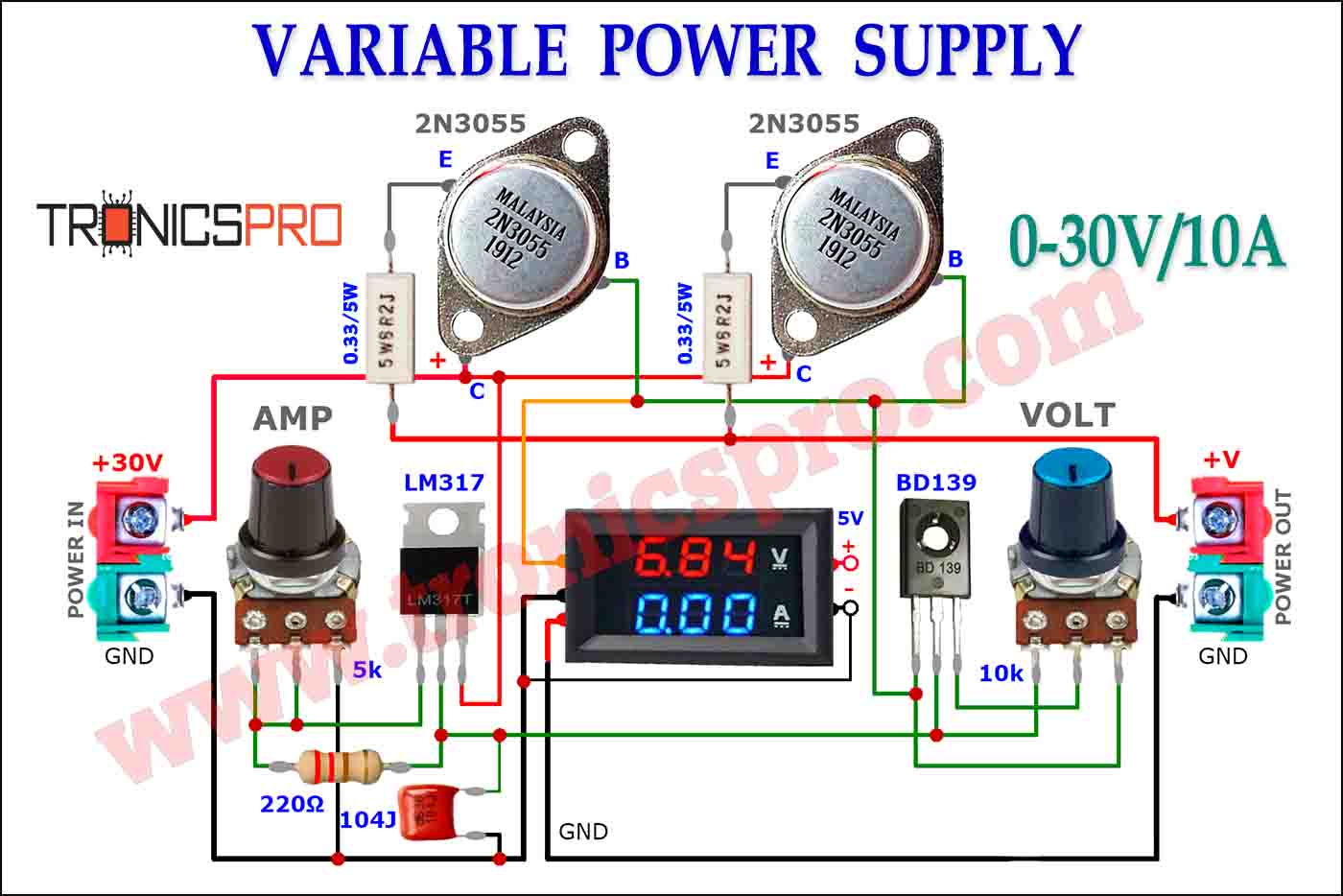
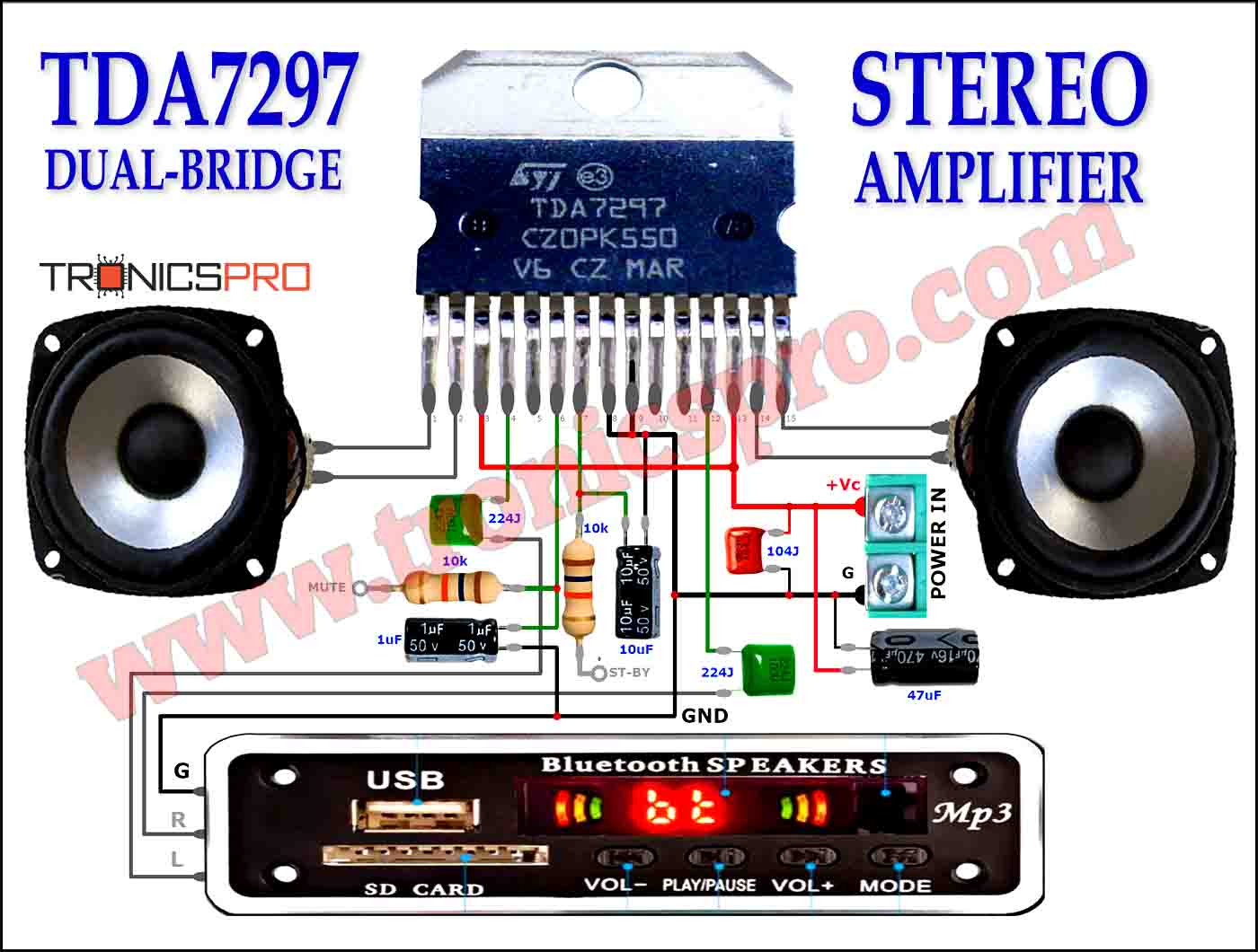

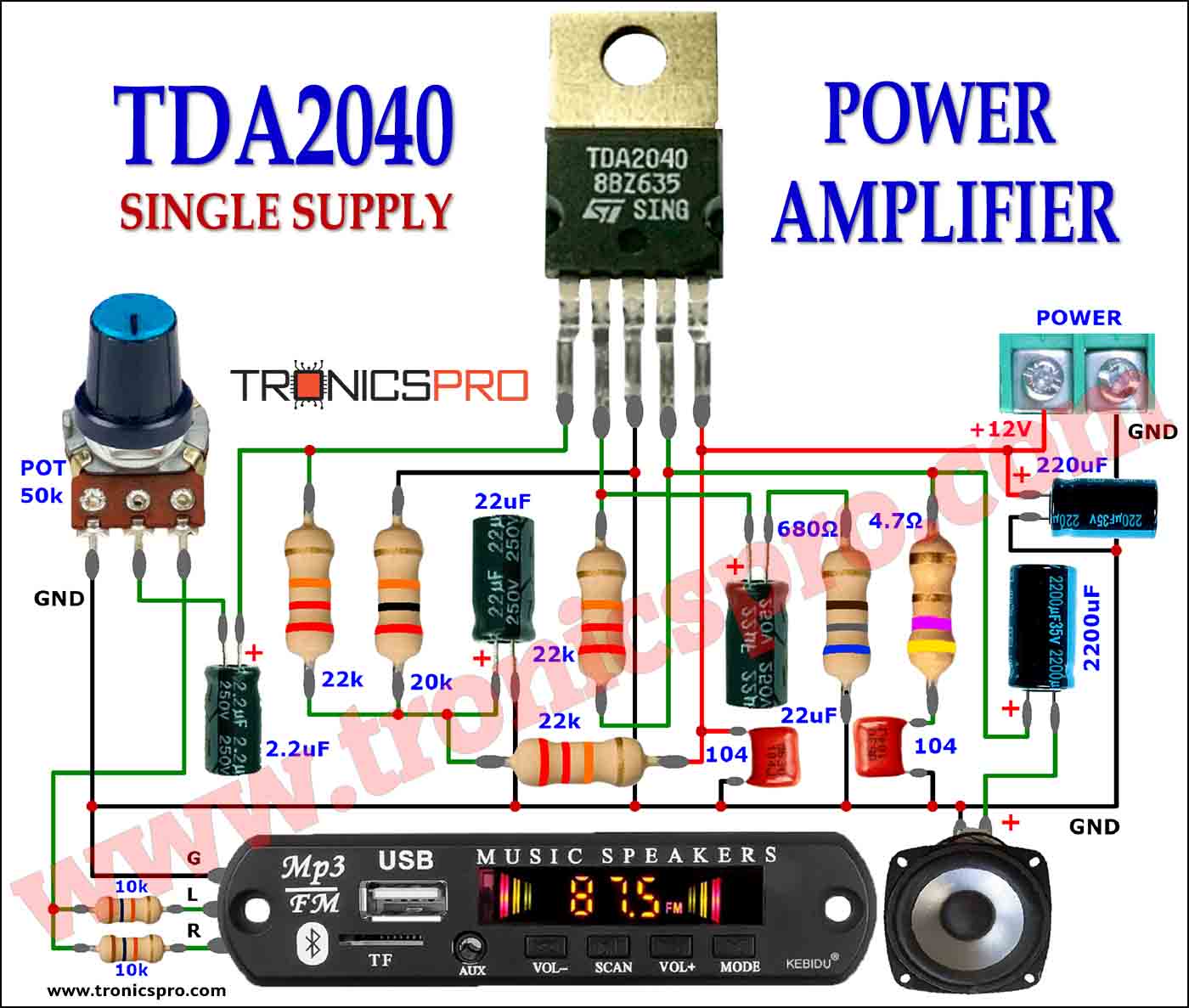
Development images
of 18650 battery bank free
Removing the charge protection board:
Take any damaged 3.7 volts mobile battery. Remove its upper cover very carefully from the top where the power connections are visible. Use all safety precautions like hand gloves, goggles etc. Do it in open area outside the room or house. Don’t hit or cut the battery itself, only remove the top gently. And also do not touch both the connection simultaneously which can cause shortage circuit if the battery is charged.
Assembling the battery bank:
Arrange 3 pieces of 18650 lithium batteries. You can easily find and remove it from any laptop battery pack. Check its gravity voltage with the multi-tester. If it shows more than 3 volts then it can be used for this project. Don’t use dead cells. Also, arrange 6 pieces of jackets/cell holders which is optional, and fix them as shown in the following image. All cells should be in parallel. If you don’t have cell holding jacket, you can simply use any paper or electrical tape and wrap it around nicely. Keep all positive terminals of the cells in one side and the negative terminals on the other side.
Solder all positive terminals of 3 cells with a piece of thick naked wire together and also solder all negative sides together as shown. Likewise, all the cells will be joined in parallel. The voltage will remain the same as one cell was having i.e. 3.7 volts. But the amperes will be tripled. This single cell contains 2200 mAh which will be 6600 mAh after joining all three cells in parallel but the voltage will remain at 3.7v.
External connections:
Now take the charge protection board which we removed from the damaged mobile battery. Connect its negative out of the protection board to the negative side of cells. And positive out of protection board to the positive side of cells. Now take 2 pieces of wires red & black and connect them to the positive & negative in of the protection board for recharging the cells.
Now take a power female socket and attach the 2 wires coming from the protection board to the plus & minus sides of the power socket. Your battery bank is ready to charge with any 5-volt mobile charger.
Test the voltage before charging and keep a supply on for charging. The protection board will stop charging automatically after a full charge of batteries. Test it and use it. Solder two more wires directly in plus & minus sides of the cells for use externally which is not shown in the following image. Connect those two wires with the device you want to run with 3.7 volts 6600 mAh. In this way, you can make your own battery bank at home with very little effort. I hope you enjoyed the project
Thank you for watching and visiting the site. Please share it with your friends.





















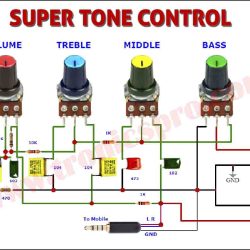

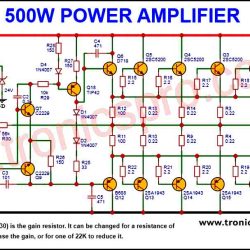









Will that work with more than 3 cells